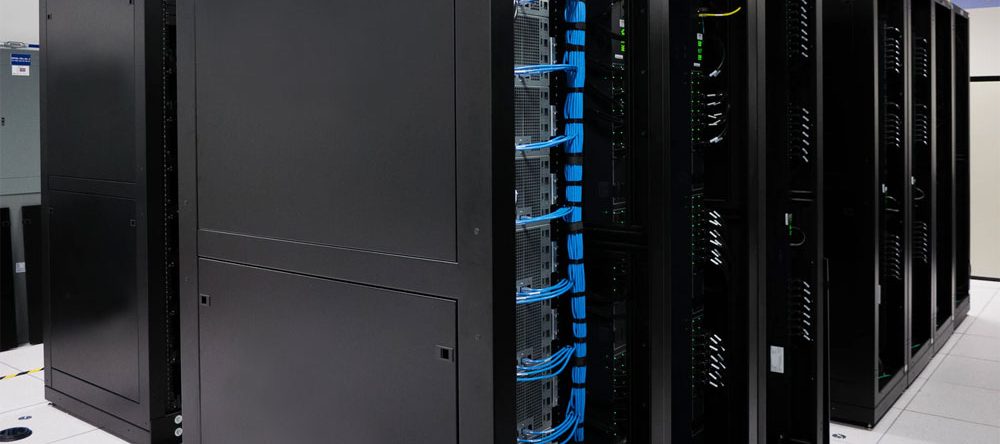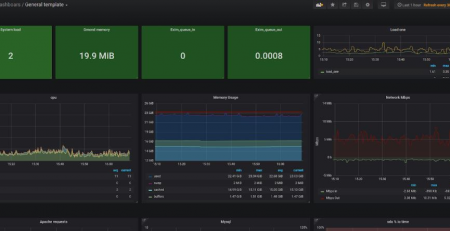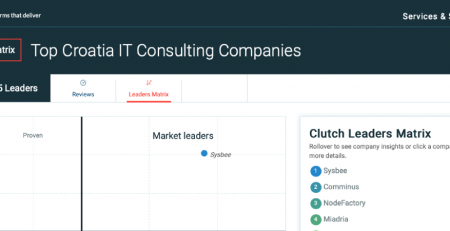On-Premises vs Cloud
Cloud computing is the on-demand availability of computer system resources, especially data storage and computing power, without direct active management by the user. Or to put it in simpler terms, cloud computing means you’re using someone else’s hardware instead of having to use your own.
In on-premises environments, companies host their data and applications on their hardware, which is stored locally (in the building) of the organization. Such setup requires a trained IT team which will take care of the infrastructure, regular updating as the company grows and good planning to avoid having too little or too many resources.
Just by looking at the comparison above, it’s easy to see the benefits of using cloud compared to on-premises hosting, however, let’s do a more in depth cloud vs on premise comparison.
On premise vs Cloud vs : Benefits of using cloud
There are four key benefits of moving to the cloud:
- Cost reduction
- Staff productivity
- Scalability and agility
- Redundancy and security
The first one is quite obvious and the easiest to measure, however, the other three are equally as important, albeit a bit harder to track.
Cost reduction
Owning and maintaining a data centre is very expensive, and we’re not talking only about the cost of the actual servers you’re using. There are many other costs that come with hosting your own infrastructure, such as the cost of physical space, cooling, power, cabling, networking, racks, servers, storage, labour, certification, etc.
When you decide you’re going to host your applications locally, you first have to determine what kind of hardware you need to support your day-to-day operations. Then you need to plan and think of how many servers you’re going to need in the next three to five years (such is the on-premise refresh cycle). If you don’t think ahead, you can easily find yourself in a situation of having too little or too many resources. If you order more servers than what you need, you’ll end up with unused resources, which is inefficient and a waste of money. On the other hand, if you underprovision, meaning you ordered fewer servers than needed, you’ll fail to deliver on your SLA, which quickly brings financial loss.
With cloud computing, you don’t have to think that much ahead. You can use as many services as you need, and as long as you need them, meaning you don’t have any significant upfront investments. Cloud hosting eliminates the cost of physical space and other local infrastructure expenses which are needed with an on-premises environment. Cloud also allows easy scalability, which we’ll discuss a bit further in this post.
Lastly, with large quantities come better prices. Cloud providers can continuously reduce the costs of their operations due to the sheer volume of their data centres. Large orders allow them to negotiate better rates with suppliers, and in turn, offer better prices to their customers. A single company purchasing servers for their own needs cannot get the same prices as a cloud provider would, and as a result, the costs of new equipment is much higher.
Staff productivity
If you’re using your own infrastructure, you need a team that will support it. This means you’ll have to hire sysadmins, system engineers, network specialists etc. You also need a procurement team which will handle the suppliers whenever you’re looking to upgrade your infrastructure and a security team, if you have your datacenter.
Cloud computing helps you lower all of these costs significantly. Most cloud providers offer multiple levels of support, which eliminates the need for high-level engineers in house. This means your engineers can focus on something else, such as improving your internal systems or developing new products and projects – and your company can grow further.
An IDC whitepaper published in 2018 estimated a 62% greater efficiency of the IT infrastructure staff and 25% more efficient developers when using a cloud provider compared to the traditional on-premises setup.

Scalability and agility
As mentioned earlier, scaling up or down when using on-premises infrastructure is complicated and expensive. If you overestimated your resources, you’ve already spent more than you need, and if you need to purchase more servers, the procurement process is slow and costly.
Cloud’s business agility helps you generate more business by helping you address opportunities as they arise. This means you can react quickly to changing market conditions and computing requirements – you can deploy hundreds of servers in minutes, and then shut them down as soon as they’re not needed anymore.
Cloud also improves innovation. Considering most cloud providers have different setups available, you can easily perform quick comparative testing. With cloud computing, you can experiment quickly with low cost and low risk, leading to the discovery of innovations and new configurations, compared to on-premises, where testing with different hardware would be costly and time-consuming.
Redundancy and security
Having a reliable system means your system is able to detect failures and automatically heal itself in case of failures. Such setup can easily be achieved with a cloud provider due to the sheer scale of their infrastructure. Cloud providers can quickly mitigate disruptions by switching traffic to a different datacenter in case of network or power failure, promptly activate a new server or multiple servers if needed and restore backups to keep your system operational and your business going. With on-premises solutions, redundancy has to be planned, and has to be calculated into your initial costs – you’ll need more physical servers, additional power supplies, multiple network options, etc.
Data security is one of the points where in-house solutions seem to be winning until you take all of the details into account. On-premises gives you full control over your data and security, which makes sense if you’re dealing with extra-sensitive information. However, this also means you have to have an excellent IT team behind it, who can provide constant updates, sophisticated data encryption, staff training, etc. Although the cloud might not seem like the right solution in such cases, the cloud also has its benefits when it comes to security.
Firstly, all of the systems provided to customers are regularly being updated to ensure top-notch security. Cloud providers also use state of the art surveillance systems, trained security personnel and security certificates, all of which is quite expensive and hard to achieve on a smaller scale. Cloud providers also have access to some of the best IT technicians in the field, ensuring excellent custom-made monitoring systems, constant security audits and increased in-house security practices. The reason behind it is that a security breach for a cloud provider could bring catastrophic consequences for a large number of users, so they have to pay extra attention to the security of their services.
If this still doesn’t sound like a good option security-wise, you can also consider a cloud-hybrid option, where you’ll use some of the cloud’s benefits for your system, and still keep part of the sensitive data in-house. Most cloud providers will be able to accommodate you even with a hybrid setup.
Conclusion
Cloud computing is definitely on the rise and has been for years now. IDC predicts that the cloud market will grow to over $200 billion in 2020 – almost seven times the rate of overall IT market growth. On-premises, while it still has some benefits such as potentially increased security, is becoming more and more obsolete. Having an on-premises solution is costly, difficult to manage and doesn’t provide companies with the flexibility needed to support their growth.
Considering our cloud vs on premise comparison above, we believe we proved our point that cloud provides much more benefits compared to on-premise solutions. So why wait? Move to the cloud now and improve your company’s ROI, agility and innovation.












